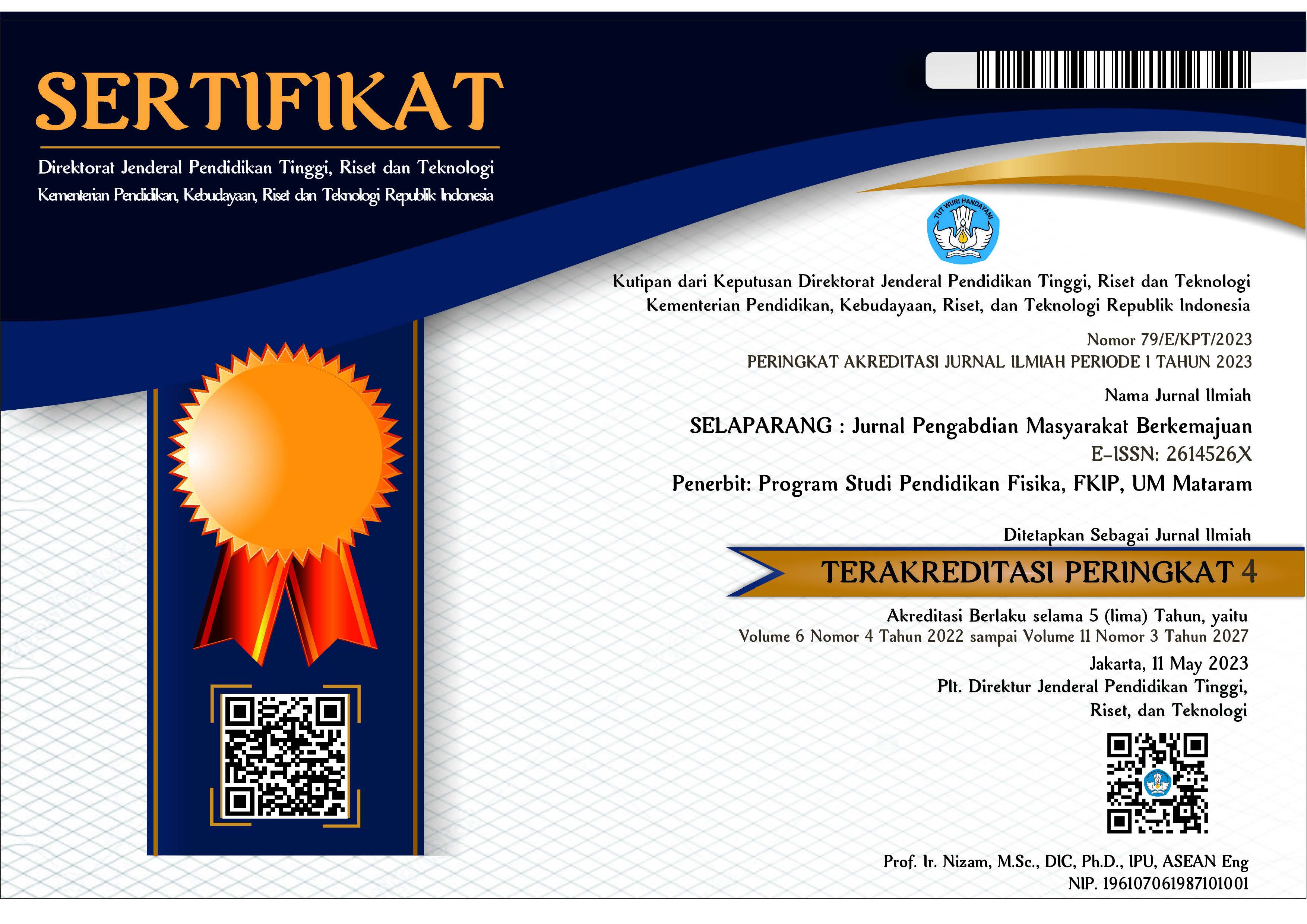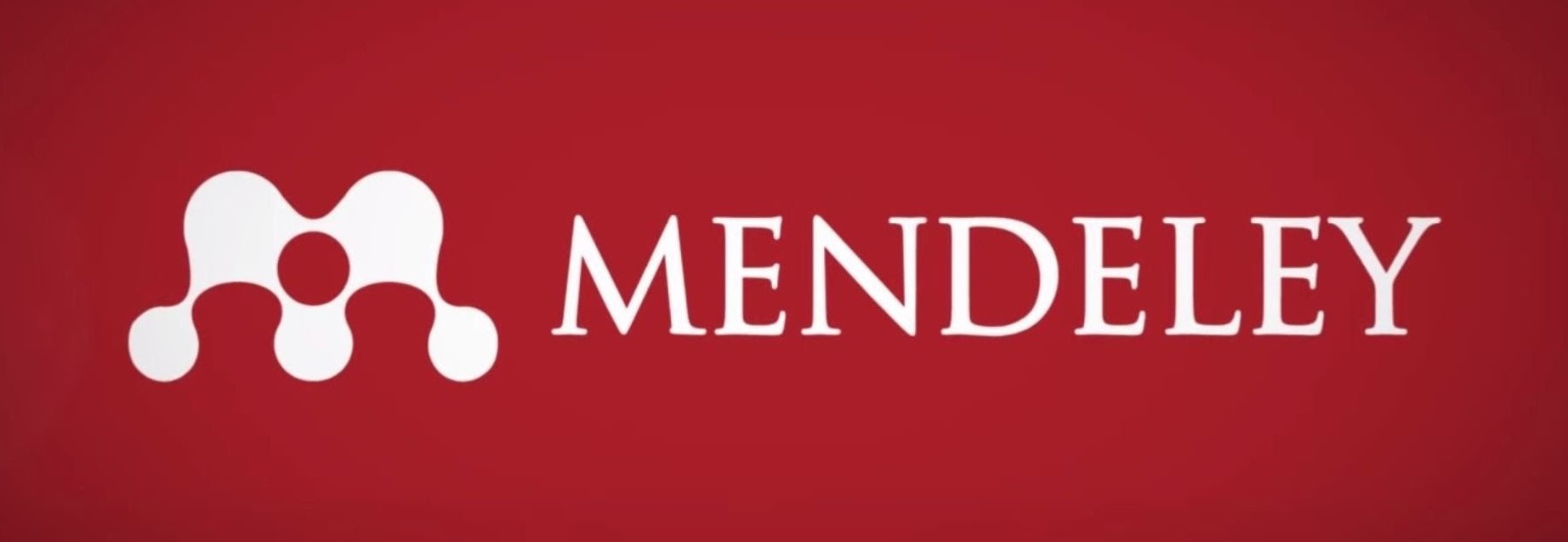PEMBERDAYAAN KADER LANSIA DALAM UPAYA PENATALAKSANAAN NYERI SENDI PADA LANSIA
Abstract
ABSTRAK
Nyeri sendi menjadi urutan pertama keluhan yang dirasakan oleh lansia saat kunjungan Posyandu Lansia dan menjadi salah satu faktor utama lansia mencari pengobatan. Terapi pengobatan famakologi lebih banyak digunakan dalam penatalaksanaan nyeri, terapi ini harus hati-hati diberikan terutama pada lansia, mengingat efek samping yang merugikan dan menjadi risiko lebih besar akibat penurunan fungsi organ atau proses degeneratif. Tujuan kegiatan ini untuk pemberdayaan kader lansia dengan penguatan pengetahuan terkait nyeri sendi pada lansia, pelatihan penatalaksanaan nyeri sendi non farmakologi sebagai salah satu alternatif penanganan nyeri sendi, meliputi edukasi kesehatan nyeri sendi dan penatalaksanaanya, dan melakukan terapi non farmakologi dalam penatalaksanaan nyeri sendi yaitu : pemasangan plester kinesio dan kompres jahe merah. Evaluasi dilakukan dengan melakukan pre test dan post test pengetahuan kader tentang nyeri sendi dan penatatalaksanaannya kompres jahe merah dan kinesiotaping. Kegiatan diikuti seluruh kader yaitu sejumlah 10 orang. Hasil evaluasi pengetahuan meningkat 96% dari nilai rata-rata 50 (kategori sedang) menjadi nilai rata-rata 98 (kategori baik), penatalaksanaan nyeri sendi non farmakologi untuk kompres jahe merah meningkat 139% dari nilai rata-rata 38 (kategori kurang) menjadi nilai rata-rata 91 (kategori baik) dan pemasangan plester kinesio meningkat 250% dari nilai rata-rata 22 (kategori kurang) menjadi nilai rata-rata 77 (kategori baik). Kegiatan ini diharapkan dapat meningkatkan pengetahuan kader tentang nyeri sendi pada lansia, serta kader dapat menerapkan terapi non farmakologi yang aman dan efek samping yang minimal bagi lansia.
Kata kunci: lanjut usia; kader lansia; nyeri sendi; kinesiotaping; kompres jahe merah.
ABSTRACT
Older adults is someone who has reached the age of 60 years and over. Joint pain is often one of the main factors in the elderly seeking treatment. Pharmacological drug therapy is more widely used in the management of pain, this therapy must be given with caution, especially in the elderly, considering the adverse side effects and the greater risk due to decreased organ function or degenerative processes. The purpose of this activity is to empower elderly cadres by strengthening knowledge related to joint pain in the elderly, training in non-pharmacological joint pain management as an alternative for joint pain management, including joint pain health education and its management, and conducting non-pharmacological therapy in the management of joint pain, namely: installation kinesio plaster and red ginger compress. The evaluation was carried out by conducting a pre-test and post-test on the cadre's knowledge of joint pain and its management of red ginger compresses and kinesiotaping. The activity was attended by all cadres, namely a total of 10 people. The results of the evaluation of knowledge increased from an average score of 50 (moderate category) to an average score of 98 (good category), non-pharmacological management of joint pain for red ginger compresses from an average score of 38 (poor category) to an average score of 91 (good category) and installation of kinesio tape from an average value of 22 (poor category) to an average value of 77 (good category). This activity is expected to increase cadres' knowledge about joint pain in the elderly, and cadres can apply non-pharmacological therapies that are safe and have minimal side effects for the elderly.
Keywords: older adults; elderly cadres; joint pain; kinesiotaping; red ginger compress.
Keywords
Full Text:
PDFReferences
Badan Pusat Statistik. (2020). Statistik Penduduk Lanjut Usia (D. Susilo, R. Sinang, Y. Rachmawati, & B. Santoso, Eds.). Badan Pusat Statistik.
Lentera, T. (2002). Khasiat dan manfaat jahe merah si rimpang ajaib. Agromedia Pustaka.
Maryam, S., Fatma, M. E., Rosidawati, Jubaedi, A., & Batubara, I. (2012). Mengenal Usia Lanjut dan Perawatannya. Salemba Medika.
Masuda, T., Jitoe, A., & Mabry, T. J. (1995). Isolation and structure determination of cassumunarins A, B, and C: New anti-inflammatory antioxidants from a tropical ginger,Zingiber cassumunar. Journal of the American Oil Chemists’ Society, 72(9), 1053–1057. https://doi.org/10.1007/BF02660721
Mickey, S., & Patricia, G. (2007). Buku Ajar Keperawatan Gerontik (2nd ed.). EGC.
Molle, S. (2018). Kinesio Taping Fundamentals. Veterinary Clinics of NA: Equine Practice, 32(1), 103–113. https://doi.org/10.1016/j.cveq.2015.12.007
Rahayu, H. T., Sri, N., & Sunardi, S. (2017). The Effectiveness of Red Ginger Compress Therapy (Zingiber officinale rosc. var. rubrum) on Elders with Joint Pain. 2(Hsic), 374–380. https://doi.org/10.2991/hsic-17.2017.58
Riskesdas. (2018). Laporan Nasional Riskesdas 2018. Lembaga Penerbit Badan Penelitian dan Pengembangangan Kesehatan (LPB).
Rusnoto, Cholifah, N., & Retnosari, I. (2015). Pemberian Kompres Hangat Memakai Jahe untuk Meringankan Skala Nyeri pada Pasien Asam Urat di Desa Kedungwungu Kecamatan Tegowanu Kabupaten Grobogan. 6(1), 29–39.
Setiati, S., Alwi, I., Sudoyo, A. W., Simadibrata, M. K., Setiyohadi, B., & Fahrial, A. S. (2017). Buku Ajar Ilmu Penyakit Dalam (6th ed.). Interna Publishing.
Surh, Y. J., Lee, E., & Lee, J. M. (1998). Chemoprotective properties of some pungent ingredients present in red pepper and ginger. Mutation Research - Fundamental and Molecular Mechanisms of Mutagenesis, 402(1–2), 259–267. https://doi.org/10.1016/S0027-5107(97)00305-9
Syukkur, A., Astrid, M., & Hastono, S. P. (2020). The Effect of Ginger Compress Therapy and Kinesiotaping on Pain and Stiffness in the Joints and Functional Ability in Elderly with Osteoarthritis. Babali Nursing Research, 1(3), 112–121. https://doi.org/10.37363/bnr.2020.1333
Undang-Undang Republik Indonesia. (1998). Undang-Undang Republik Indonesia Nomor 13 Tahun 1998 Tentang Kesejahteraan Lansia.
United Nations. (2020). Global Issues : Ageing. Https://Www.Un.Org/. https://www.un.org/en/sections/issues-depth/ageing/#:~:text=Trends in Population Ageing&text=In 2018, for the first,to 426 million in 2050.
DOI: https://doi.org/10.31764/jpmb.v7i1.13110
Refbacks
- There are currently no refbacks.

This work is licensed under a Creative Commons Attribution-ShareAlike 4.0 International License.
______________________________________________________
Jurnal Selaparang
p-ISSN 2614-5251 || e-ISSN 2614-526X
EDITORIAL OFFICE:



















